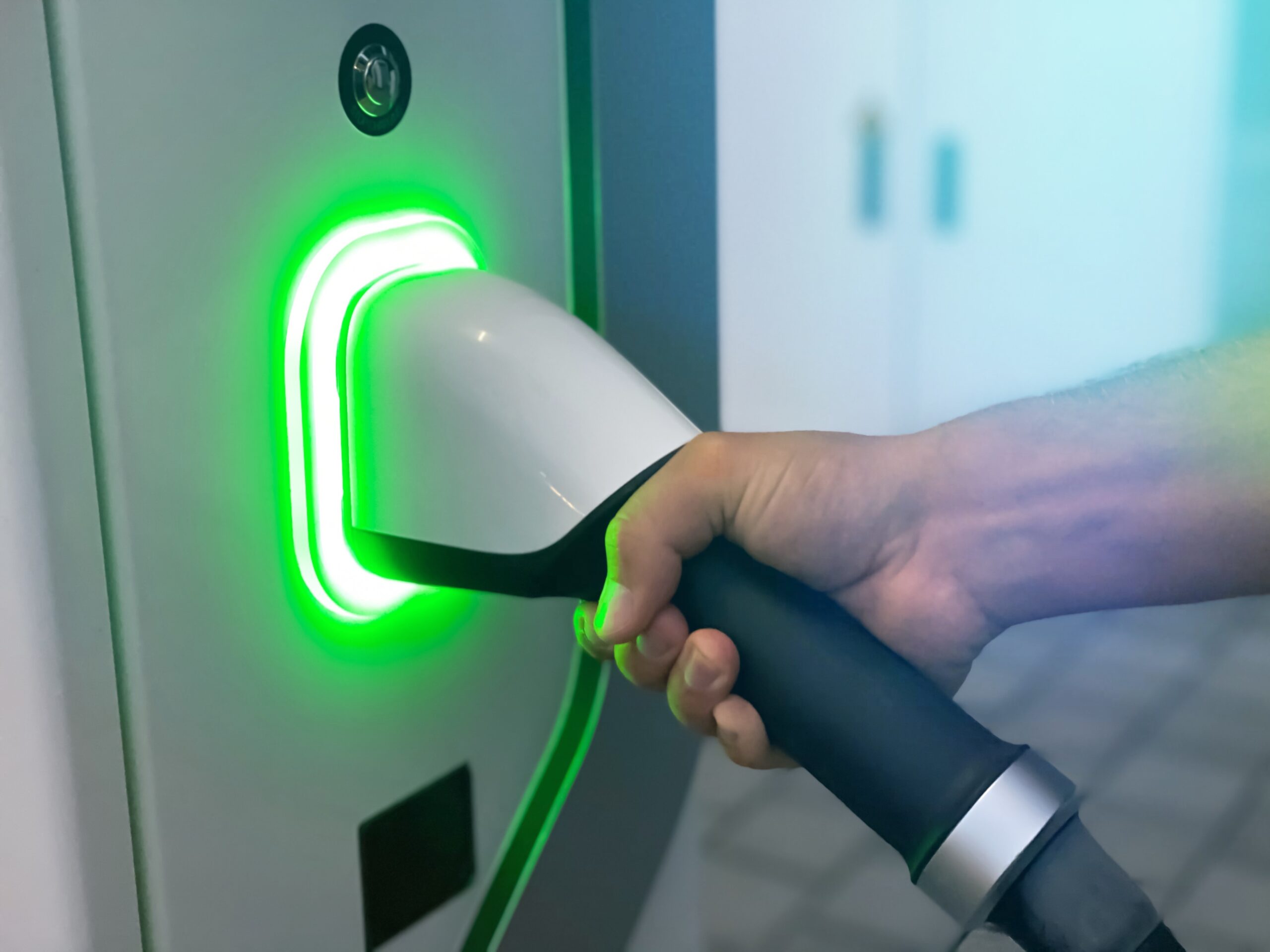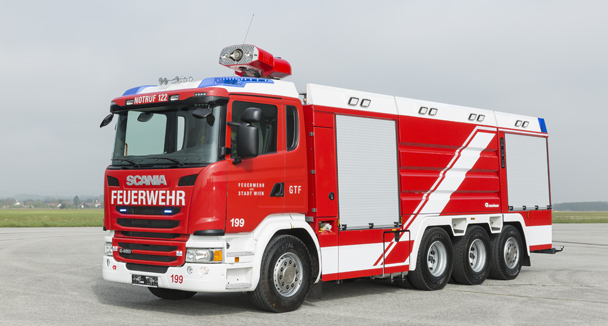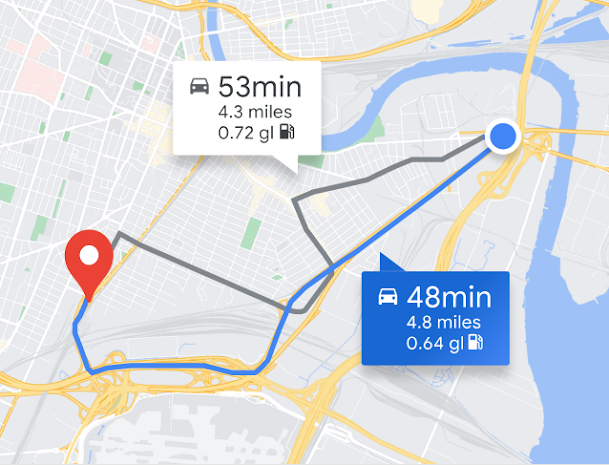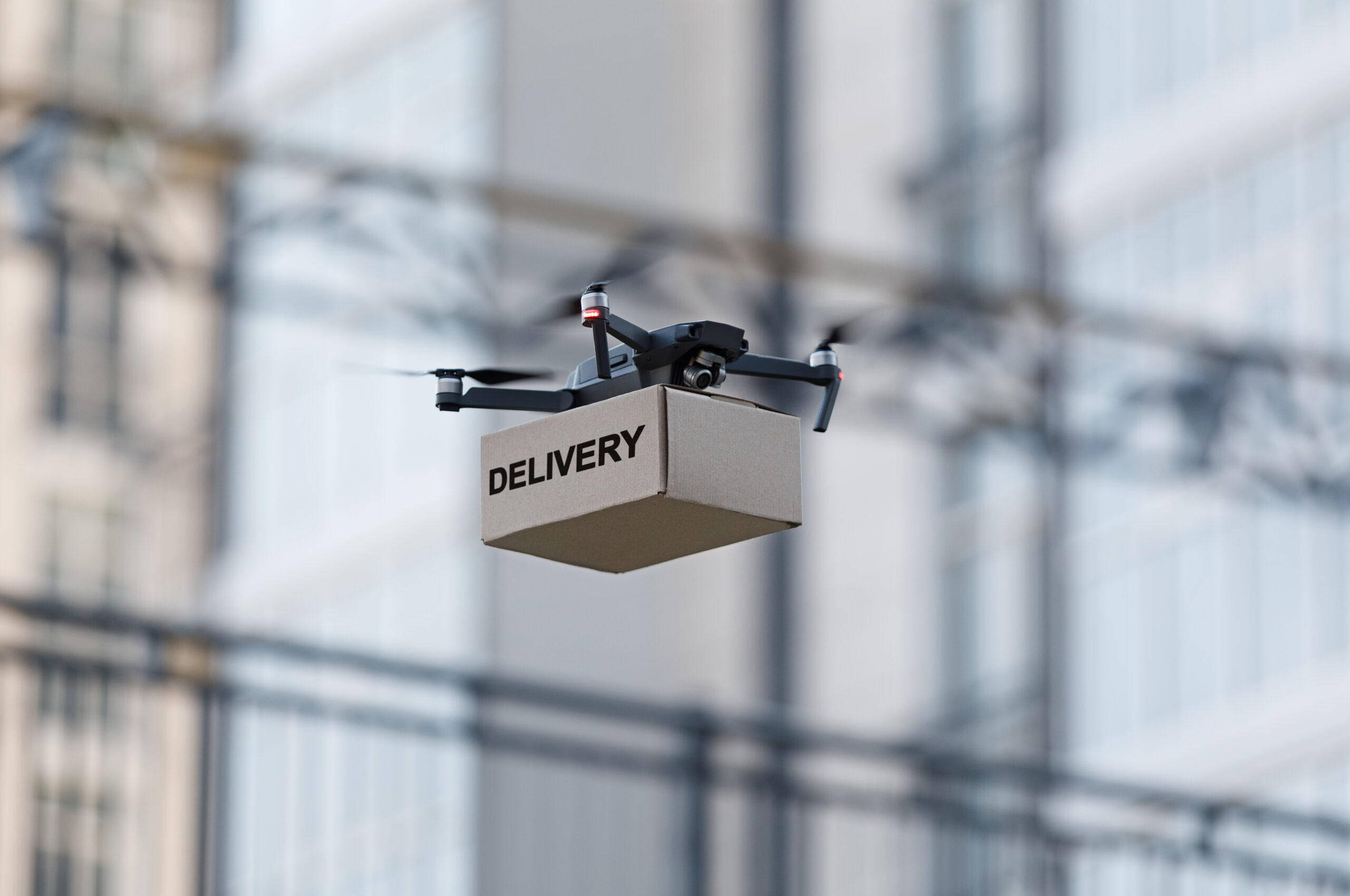Anticipated Surge in Electric Truck Charging Demand to Hit Europe
A recent report by Arthur D Little anticipates that there will be a consistent, year-on-year surge in electric truck charging demand in Europe.
This demand is predicted to result in the number of currently installed charging units across Europe, currently 10,000, increasing to 400,000 by 2030 as electric truck adoption becomes more prevalent and Europe’s roads gear up for an all-electric future.
This equates to a 60% annual growth rate in demand for charging units from 2022 to 2030.
Out of the 400,000 charging units forecast to be installed by 2030, 80% are expected to be depot chargers, a centralised ‘back-to-base’ location where multiple chargers are installed on-site so fleets can be charged where they are parked, typically overnight.
According to Arthur D Little’s research, approximately 41% of the estimated revenue pools for truck charging in 2030 will be driven by depot charging, which has been attributed to its less costly hardware and significantly lower power requirements.
In general, hardware-related revenue pools will constitute almost a billion-euro business by 2025 and will triple by 2030, showcasing the money-making potential of EV charging infrastructure.
New Software Could Speed up EV Charging Times by 25% & Improve Battery Longevity

WAE Technologies (WAE) has revealed battery intelligence software that uses a suite of complex algorithms to reduce the time it takes to charge a compact-sized electric vehicle by 25%. The company claims that this reduces the time spent on a charger by 10 minutes, while the software also extends battery life by up to 30%.
Designed for the mass automotive, e-mobility, and stationary energy storage markets, Elysia Battery Intelligence uses best-in-class BMS algorithms powered by AI and data science to offer unprecedented access to battery insights that are utilised to enhance the life, safety, and performance of the battery.
By reducing the time it takes to charge the battery of an EV, the software will help to alleviate charging queues and result in a much more efficient use of the charging network, so vehicles can spend more time in operation on the roads.
Elysia’s commercial lead, Joe Jones, weighed in on the significance of the software: “To protect the life of the battery, an electric car currently leaves the factory with a predetermined set of parameters that govern its performance, including how quickly it can be rapidly charged.
“Elysia offers car makers a much more sophisticated approach, unlocking improved performance safely and with no impact on battery life. Our intelligent charging algorithms allow the Battery Management System (BMS) to understand what conditions have the potential to damage the battery and then, using this information, stay closer to the peak charging rate for longer without ‘overstepping’ these limits.
“By reducing the time spent on a rapid charger by 10 minutes for a typical electric vehicle, Elysia can increase the number of cars each charger can service in a day. The benefit here is twofold: happier electric car owners and more efficient utilisation of the existing rapid charging network.”
Vienna Fire Department Adds Battery-powered Fire Fighting Vehicles to Fleet

Rosenbauer basic firefighting vehicle (BFV). Source: Rosenbauer.
The Vienna Professional Fire Department has started electrifying its fleet through the addition of two battery-powered basic fire fighting vehicles (BFV) to its operation. The vehicles have been manufactured by one of the world’s three largest manufacturers of fire service vehicles and firefighting equipment – Rosenbauer.
The BFVs, which were added to the Department’s fleet last month, are equipped with 66kWh batteries and a 225kW diesel range extender (also referred to as the Energy Backup System (EBU)) – the latter acts as a reserve power source for longer operations and a backup supply should any issues with the primary battery arise.
“Thanks to its high level of professionalism, the Vienna Professional Fire Brigade rightly ranks among the best emergency services in the world. By gradually switching to environmentally friendly vehicles, it is also making a contribution to a climate-neutral Vienna,” Fire Department City Councillor Peter Hanke stated.
“This is important because the commitment to the safety of the Viennese population also requires constant further development and the use of new technologies.”
How Effective is Google Maps’ Eco-friendly Routing: The Equivalent of Taking 250,000 Cars off the Road for a Year?

Since debuting the ability to select the most fuel-efficient route for a journey in Google Maps, Google claims that the feature has prevented around 1.2 million metric tonnes of carbon dioxide emissions.
Google’s environmental report, which outlines how the company is driving positive environmental outcomes throughout the business, states that through users using the most fuel-efficient routes via Google Maps, the carbon savings equate to taking 250,000 gasoline-powered cars off the road for an entire year.
To estimate the number of metric tonnes of carbon dioxide emissions saved by using the most efficient, optimised routes available, Google compared how much fuel users would likely have burned on routes to specific destinations without using Google’s efficiency tool after its release in 2021.
Google’s route optimisation software calculates the most efficient route by taking into account factors like predicted traffic and hills in order to get a vehicle from point A to point B as efficiently as possible.
The news quantifies and showcases the carbon-saving abilities of route optimisation on a mass scale like never before.





